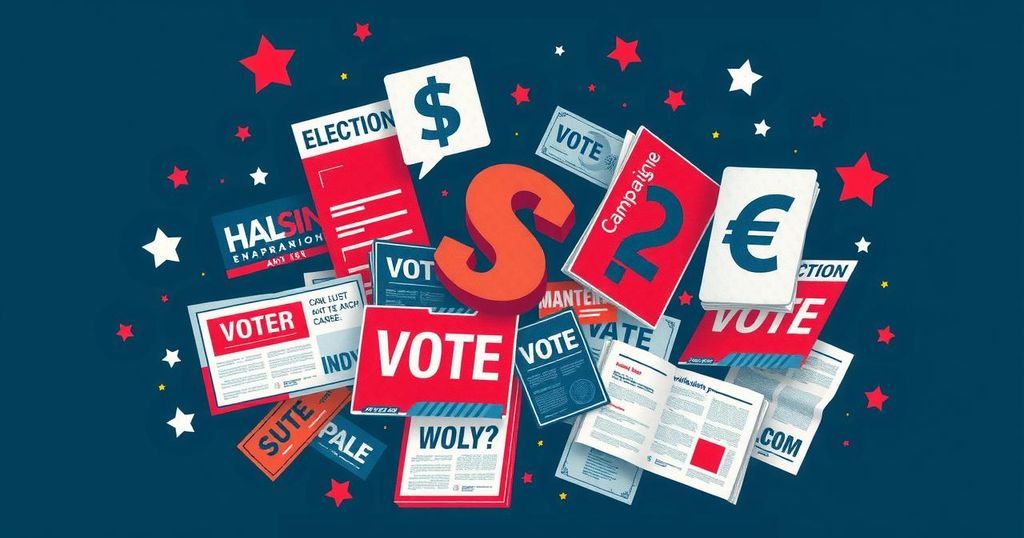In Election’s Final Days, Dark Money and ‘Gray Money’ Fund Hidden Agendas

In the lead-up to the election, shady funding practices by super PACs, including Civic Truth Action, are becoming evident. These groups are capitalising on lax regulations to obscure the origins of their campaign contributions, aiming to sway voters, particularly in swing states. Despite promises of transparency from the Citizens United ruling, the reality shows a trend of increased opaque funding, raising concerns over the influence of money in politics.
As the election looms, big-money players are utilising loopholes in campaign finance laws to mask the origins of their contributions. This has led to some, let’s say, dubious advert tactics, with groups spending heavily to influence voter perceptions, often in misleading ways. In North Carolina, for example, mailers featuring a sonogram and appeals to vote for anti-abortion candidate Randall Terry were actually funded by a super PAC called Civic Truth Action. Behind this PAC are funds that trace back to Democratic interests promoting Vice President Kamala Harris’s campaign.
In the last stretches of a tense election cycle, the potential for trickery increases significantly. The actions of Civic Truth Action reflect a broader trend where party supporters leverage relaxed rules to channel money through numerous opaque entities, manipulating the narrative just enough to sway undecided voters in key swing states. It’s a tactic seen frequently, giving the emergence of such entities a somewhat shady reputation.
The 2010 Citizens United ruling opened the floodgates for monetary influxes into campaigning, yet disclosures meant to inform voters have largely fallen flat. Ian Vandewalker from the Brennan Center for Justice commented on the trend’s troubling nature, noting that the intentions to conceal donations benefited those engaged in, for lack of a better term, underhanded strategies. Indeed, the ability to hide funding has become enticement for some to play dirty in these final hours of the race.
Original Source: www.nytimes.com







